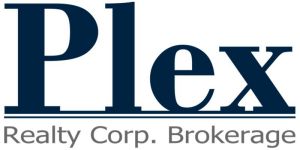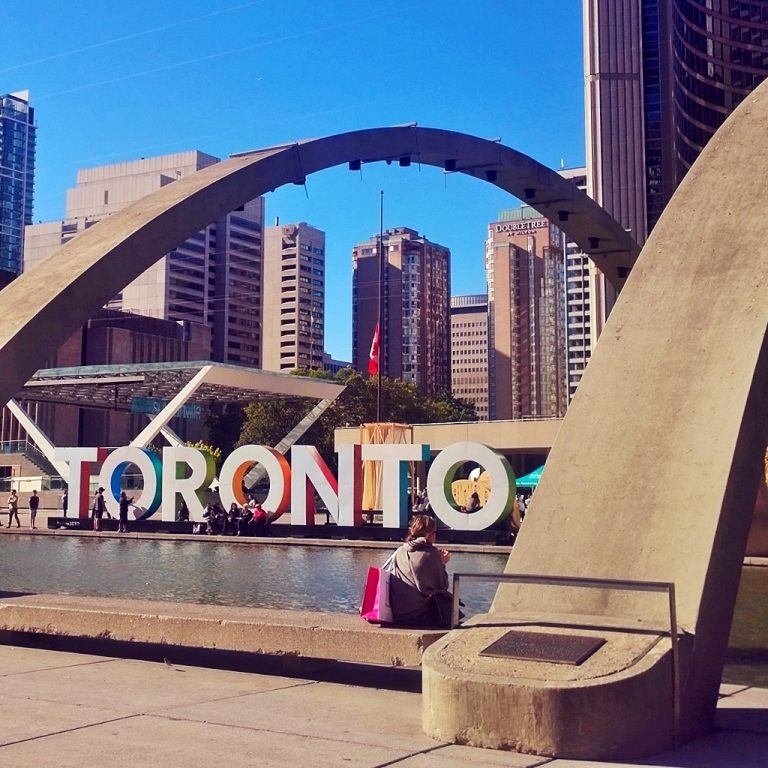Monthly Newsletter: May 2006
This month I’d like to talk about basic investment strategies and why we continue to put our money into real estate. Folks often have different objectives when investing their hard earned money, not just in income properties necessarily, but in any vehicle that protects their initial principal and yields a return. You would think that the most common objective is to make as much money each month as possible, but I find that there are other reasons why people so often still turn to real estate. Now that the first third of 2006 is over, I will also provide a quick analysis of income property activity so far this year in Toronto to give you an idea of where we may be heading for the rest of the year.
Over the past few months there has been a recurring theme with many of our investor clients. If the market is only supporting a 6 cap, and traditionally similar properties yielded higher returns, why would one knowingly “overpay” today. We see properties on a daily basis that we feel are listed too high, yet sometimes the sellers still get their price. Why opt for a 6% return when a REIT or mutual fund may potentially give you the same or better return with far less hassle? Who needs to be a landlord, taking on all that responsibility, when you can make the same profit each month without really doing anything? Of course, owner occupied always duplexes or triplexes always make sense. If you live in your investment then you can immediately appreciate the presumably lower monthly cost of your suite. But does it make sense to purchase a property with a low deposit and have it just break-even each month? The answer to this last question for many investors is yes.
Many people who purchase investment properties actually have different goals. While no one wants to lose money each month, I find that investors have different rationales for their purchases and determining how much to pay. The options for investing our savings are continually increasing, yet every single investment vehicle can be easily categorized according to three fundamental characteristics – safety, income and growth – which also correspond to types of investor objectives. While it is possible for an investor to have more than one of these objectives, the success of one must come at the expense of others.
Perhaps there is truth to the axiom that there is no such thing as a completely safe and secure investment. Yet we can get close to ultimate safety for our investment funds through the purchase of government-issued securities in stable economic systems, or through the purchase of the highest quality corporate bonds issued by the economy’s top companies. Such securities are arguably the best means of preserving principal while receiving a specified rate of return. In the real estate market, buying income properties in tier-1 locations and hanging on to them for the long-term is generally considered the safest bet. These properties may not generate returns quickly in the short-term, but they do provide a relative degree of stability over as many years. However, these “safe” investments are also the ones that are likely to have the lowest rate of income return, or yield. Investors must inevitably sacrifice a degree of safety if they want to increase their yields. This is the inverse relationship between safety and yield: as yield increases, safety generally goes down, and vice versa. Remember that real estate is not a liquid asset that can easily be converted to cash, so there’s an inherent risk in having your money in an investment where it is difficult to get at.
Future capital appreciation always looms in most purchasers minds. If a property appreciates 2 or 3% per year then they may be able to look the other way if the monthly returns in the first few years are less than stellar. We all know that the real estate market is cyclical. If one buys a property today for an exaggerated price and the market experiences a down-turn, then so long as you hang in there, the thinking is that eventually the property will increase in value again. This is the mindset of many people buying in the city’s best areas today. Get in at all costs and then just bide your time until the market goes up in the area. Of course, the longer you hang on, the more equity you recapture through the monthly payments made by your tenants.
Anticipated future family needs are often a reason for buying income properties with average returns. You may be thinking that one day you might like to have a suite available to your kids when they go to University so buying an income property that carries itself in that area makes sense. Some of our clients are even thinking about when they eventually down-size and may make use of one the rental suites themselves. Remember that long term, multi-year analyses always make your numbers look more attractive.
Investors also buy properties as tax-minimization strategies. An investor may pursue certain investments in order to adopt save taxes as part of his or her investment strategy. A highly-paid executive, for example, may want to seek investments with favorable tax treatment in order to lessen his or her overall income tax burden. There are new mortgage products out there for single-family homeowners that encourage you to borrow against your principal residence by buying investments where you can enjoy greater write-off and tax benefits.
Choosing a single strategic objective and assigning weightings to all other possible objectives is a process that depends on such factors as the investor’s temperament, his or her stage of life, marital status, family situation, and so forth. Out of the multitude of possibilities out there, each investor is sure to find an appropriate mix of investment opportunities, especially in the real estate market. You need only be concerned with spending the appropriate amount of time and effort in finding, studying and deciding on the opportunities that match your objectives.
Before I sign off, I’d like to present a brief synopsis of income property activity in Toronto so far this year. This will give you a good idea of what you may expect in the months to come:
Price Range 300,000 – 500,000
District: C01
Average List Price: $420,309
Average Sale Price: $407,365
Average Original Price: $423,949
% of List Price: 97.39
Taxes: $2,838
In C01 the average listing netted $407,365 (97% of the list price average of $420,309), with taxes averaging $2,838.
District: E01
Average List Price: $373,236
Average Sale Price: $362,768
Average Original Price: $375,788
% of List Price: 98.04
Taxes: $2,561
Similarly, in the E01 district, the average list price was $373,236, with an average sale price of $362,768 fetching approximately 98% of the list price. In the E01 the average taxes are $2,561.
Price Range 500,000 +
District: C10
Average List Price: $707,543
Average Sale Price: $762,486
Average Original Price: $708,971
% of List Price: 98.14
Taxes: $5,033
In C10 the average listing netted $762,486 (98% of the list price average of $707,543), with taxes averaging $5,033.
If you ever would like specific sales information on any MLS district, please let me know. I believe very strongly in the maxim that “knowledge is power” so if I can arm you with the details you need to make an informed purchase decision, it would be my pleasure.
Take care everyone. See you next month.
P.A.




